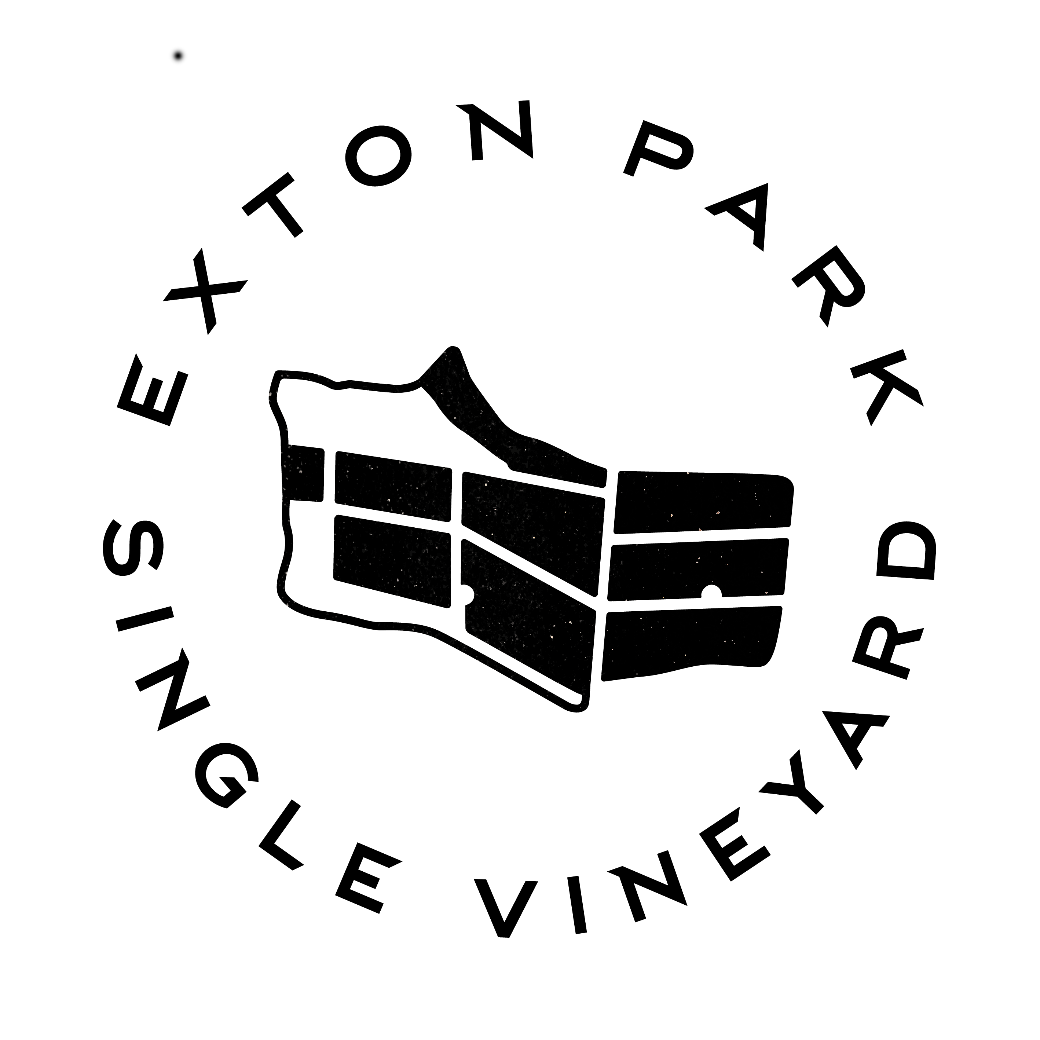CEO Interview: Damian Clarke, MD of Freixenet

In the latest of our CEO interviews, Paul Haslam of Cesium Group – in association with the drinks business – speaks with Damian Clarke, managing director of Freixenet.
 Paul: Having seen first-hand how busy you guys were at ProWein how was the show for you?
Paul: Having seen first-hand how busy you guys were at ProWein how was the show for you?
Damian: The show was very busy for us. We had a number of meetings as the UK team, but it works well for us as Freixenet Group as well. For the UK team it’s a very efficient way for us to meet with our major customers and have a full range of Freixenet Group products available to show them. It has become Europe’s premier fair and it works very well for the Group to meet with distributors from far and wide.
Paul: At the recent Cesium Group Thought Leadership event in London we discussed the fact that Freixenet is now one of the Top 10 Power Brands. What would you attribute this to?
Damian: Freixenet has been consistently high in those rankings – we have been the highest ranked sparkling wine brand for a few years now. The Power Brands ranking measures a number of factors including global reach, brand awareness, as well as market share and sales. Freixenet’s consistently strong on all of those measures. I think that is what put us up there. We’re proud of it in the sense that it’s recognition of the investment that has been put into the brand over a sustained period. There are two champagne brands above us but we’re the highest of the non-champagne brands.
Paul: Let’s turn to premiumisation. How is Freixenet as a cava producer looking to premiumise the offering? and how are you positioning this to the consumer?
Damian: Premium cava has always been part of the Freixenet range. There are a number of special cuvees within our range of cavas, some of which have been created for historic occasions such as the visit of the King of Spain to our cellars. Special blends have also been created to celebrate members of the Ferrer family who have been responsible for building the Freixenet business. Many of our cavas are Reserva or older and are very different in style. The variety of cava available is definitely under-recognised. To help cava producers position more premium wines with the consumer the Consejo Regulador, the body managing DO Cava has approved a new classification, which is for single vineyard cava. Pedro Bonet, who is Freixenet’s Director of Communications and also the president of the Consejo Regulador, spoke about this when it was launched earlier in 2015, explaining it as a way of highlighting the quality and the availability of premium cava. Along with other producers we now need to make consumers and shoppers more aware of it.
Paul: Recent results seem to indicate that the sparkling wines and champagne category is doing very well in the on-trade. What would you put this down to and what do you see as some of the underlying trends?
Damian: Sparkling wine, excluding champagne, has grown by 44% in the on-trade over the last year, ahead even of the spectacular growth that sparkling wine is experiencing in the off-trade. What do I put it down to? The on-trade has always been and continues to provide a great opportunity for trial. The addition of sparkling wine by the glass to many more wine lists in bars and restaurants has played a significant part in this growth. Broadening this offer, from perhaps the single sparkling wine that is there today, to offer cava, rosé, prosecco and English sparkling wine can help continue this growth and build consumer interest in the category.
Paul: Taking the sparkling category as a whole, do you think the category is clear in its proposition to the consumer? What more do you think can be done to make the sparkling category clearer?
Damian: No I don’t think overall that the category is particularly clear in what it offers to the consumer. What is really relevant is being clear about the role of sparkling wine can play in consumers’ lives. We at Freixenet believe it is about helping them to celebrate life’s big and small moments. But as a category we often talk more about product attributes. As an example at the recent Cesium event we talked about cava’s production method but production method is not directly a consumer benefit. If we are going to take this approach we need to explain the consumer that the particular production method and choice of grape actually means a less acidic style which translates to cava being a wine that’s great with food.
Paul: As you spent your earlier career at P&G no doubt you focus on putting the consumer at the centre of everything Freixenet does and on bringing FMCG rigour to your approach. Has this paid dividends, particularly in the off-trade?
Damian: We make a significant investment in understanding our consumer, shopper and category. We try to ensure that what we do is supported by genuine insight. One example of this is in the continuing evolution of Freixenet’s vision for the Sparkling category. We have gained insight from our ongoing research about what is engaging shoppers and consumers. From this we have confidently identified five drivers of category growth for us and for our trade partners.
Paul: Given the heritage, fermentation methods and care taken over the production of cava e.g. cellaring for 12-18 months, the price point in the off-trade in particular must be quite a challenge, so how have you gone about combating that discounting pressure?
Damian: As a brand we continue to invest in marketing and communications for Freixenet, reinforcing benefits and building engagement with consumers. If we look at the period in the run up to Christmas 2015, Freixenet had about a 16% share of voice within champagne and sparkling, that’s one of the things that I think sets us apart within the sparkling category. The price competition that exists goes beyond just sparkling wine. Retailers know Beers, Wines & Spirits is a category where promotions will catch the shopper’s eye and may encourage them to switch store. Obviously this helps the retailer meet their share objectives but can lead to a downward spiral of prices to levels which no longer reflect the true cost of the product. The £5 prosecco deal has been around for a while and I guess it will continue to be for some time to come!
Paul: Very fair points. It’s been in the press today that Tesco are doing a non-label champagne that they own at a retail price of £8.20 – how can they offer this at cost or below cost of goods?
Damian: I don’t know the particular product so I could not say whether that is below cost. I do know that in addition to normal individual price promotions Tesco are currently running a “Save 25% when you buy 6” – most of the major grocers do this at various points throughout the year. On the wines already being promoted, with what might be a relatively sensible trial driving discount, you find that the shopper is effectively able to ‘double up’ on the promotional offer. It’s great news for the shopper if what you are looking for just happens to be getting the benefit of a double discount. It might even be an effective way of driving share between retailers!
Paul: Your business has invested heavily in innovation in the past. What innovation is happening at the moment? Where are the new opportunities?
Damian: I hope we have a process of constant innovation! One subject that is being talked about a lot at the moment is the millennial consumer and what they are looking for. Our research tells us that we not only need to market to this group of consumers in a different way, but we need to produce different wines because they are looking for different taste profiles. You were out at ProWein and one of the things you would have seen there was the launch of Freixenet ICE. Freixenet ICE is a cava that will be launched in the UK this summer. It has been specially blended to be served over ice; we see the perfect serve as a longer drink over ice with a simple sprig of mint. In this way it is targeting both a different consumer and a different drinking occasion – meeting consumer demand for longer drinks, for different experiences and for a fruiter or sweeter taste. This is a great example of how we can provide consumers with ideas about how sparkling wine can be consumed. The Freixenet ICE perfect serve is a great drink – so simple to make at home or for a barman to put together. It’s hopefully going to be something that lots of people are enjoying this summer.
Paul: So what do you think the future looks like for the sparkling wine category? What trends and projections do you see; how will that impact on cava and how can cava benefit?
Damian: Sparkling wine is currently the key growth area in the beers, wine and spirits category. A lot of that growth has been driven by prosecco which has brought new consumers into the category. Our job along with other producers of different sparkling wines is to help broaden the repertoire of those new consumers. They won’t stay in the category and they won’t expand their consumption of sparkling wine if effectively they have only one choice. Through explanation of different wines, cava, champagne, English sparkling wine, we can show them a broad repertoire of styles that they may then choose to consume on slightly different occasions. We can also inspire them with serving ideas whether that’s an innovative serve like Freixenet ICE or the inclusion of cava in cocktails…
One of the things you and I have spoken about before is where Freixenet has its biggest business. One of our biggest markets is Germany and part of the reason for that is the level of penetration of sparkling wine, it is comparable to still wine. In the UK there is a huge difference between sparkling and still wine penetration so there remains to be an opportunity to bring more people into the category and I think inspiring them is more important than educating.
Paul: So what does the future look like for Freixenet in the UK?
Damian: It is a future of growth. With regards to sparkling wine it is one where we continue to be part of a growing category and where we continue to innovate to meet the changing needs of tomorrow’s consumer. Beyond sparkling wine there are plenty of opportunities to grow our broad portfolio of wines from around the world. Freixenet owns 23 wineries across 5 different continents and has never stood still.
















